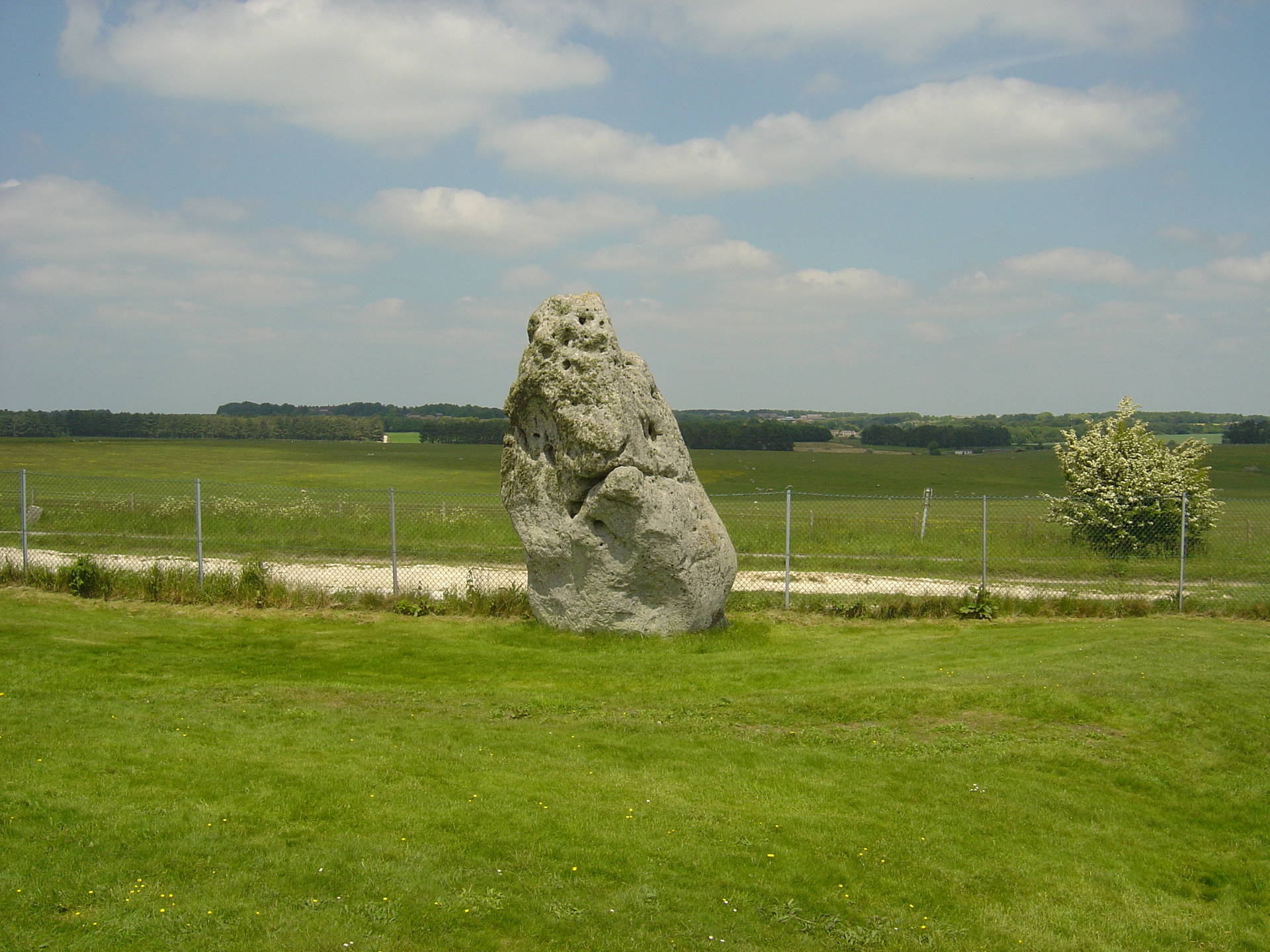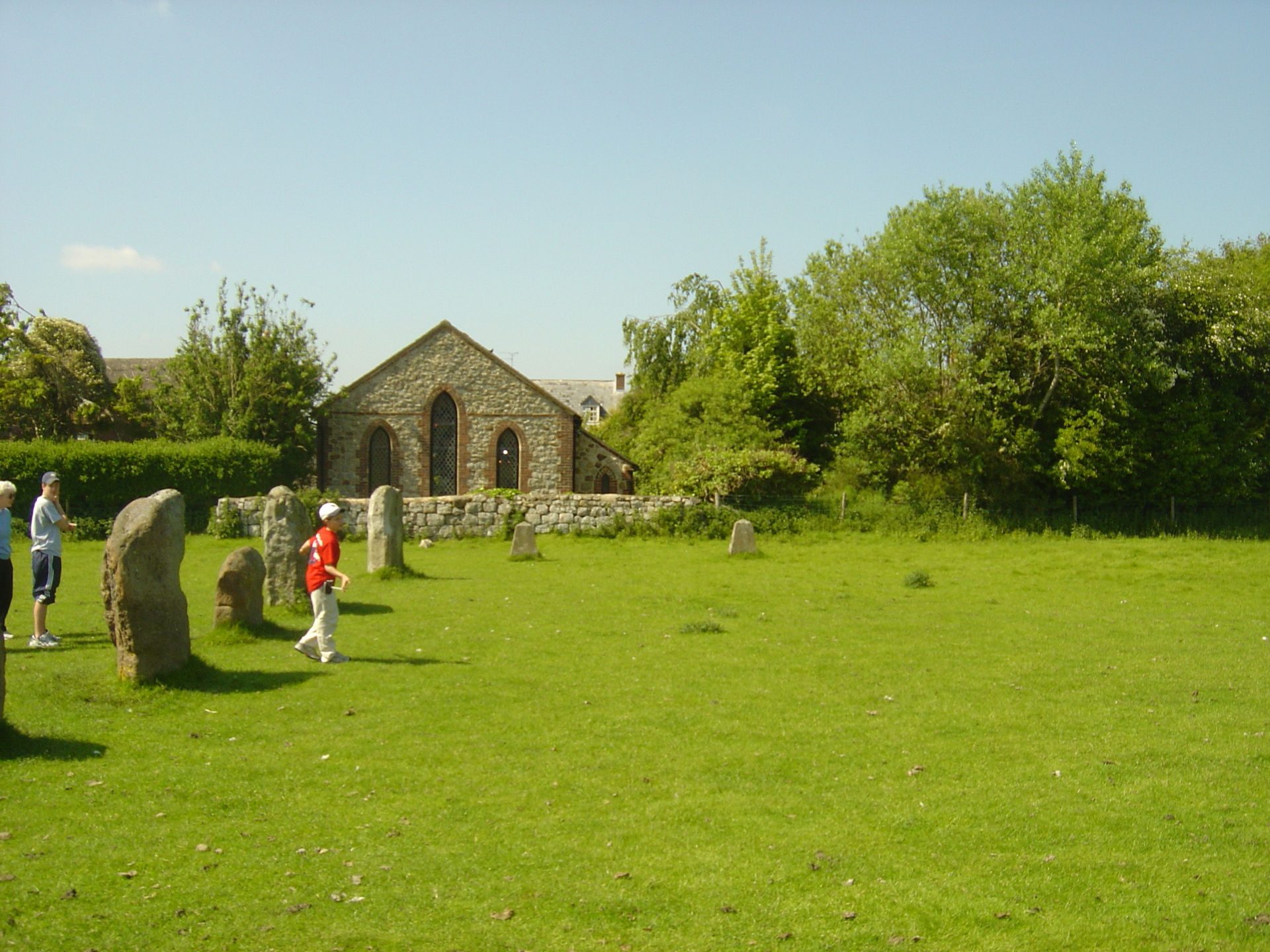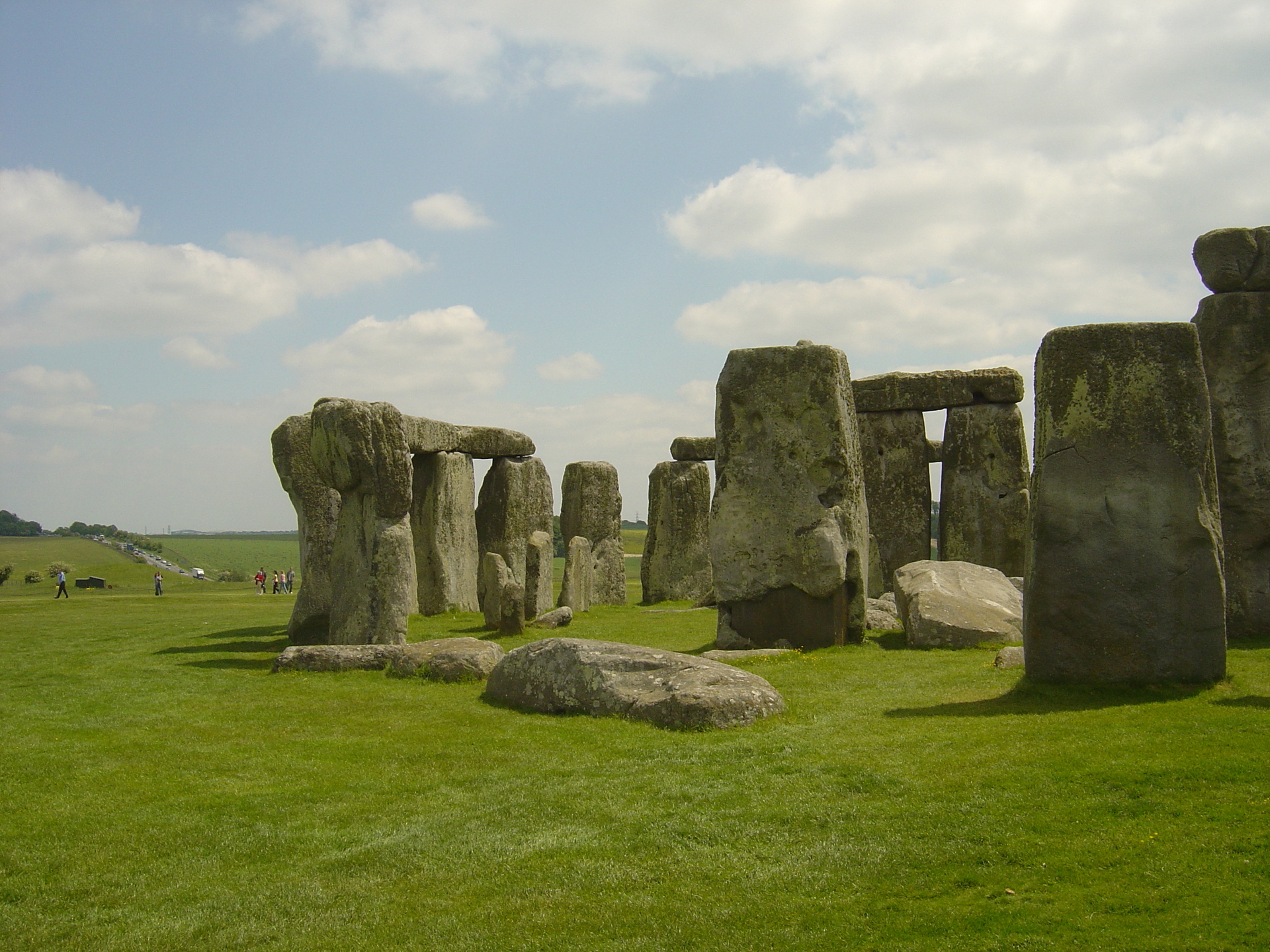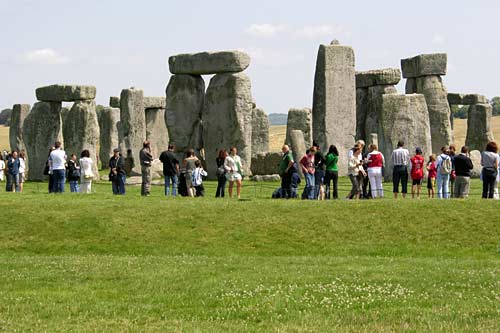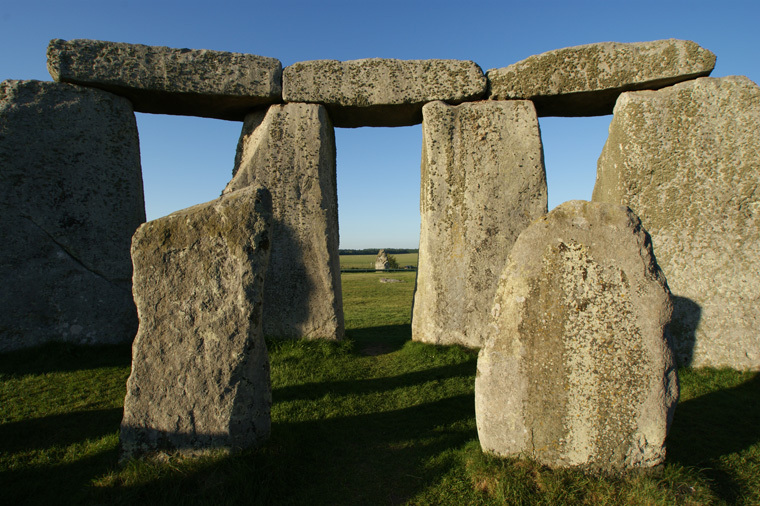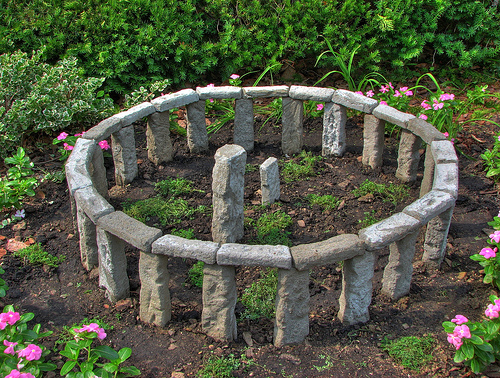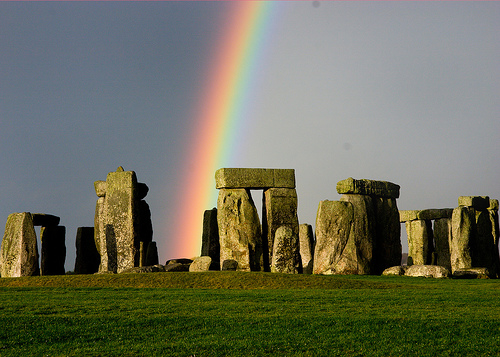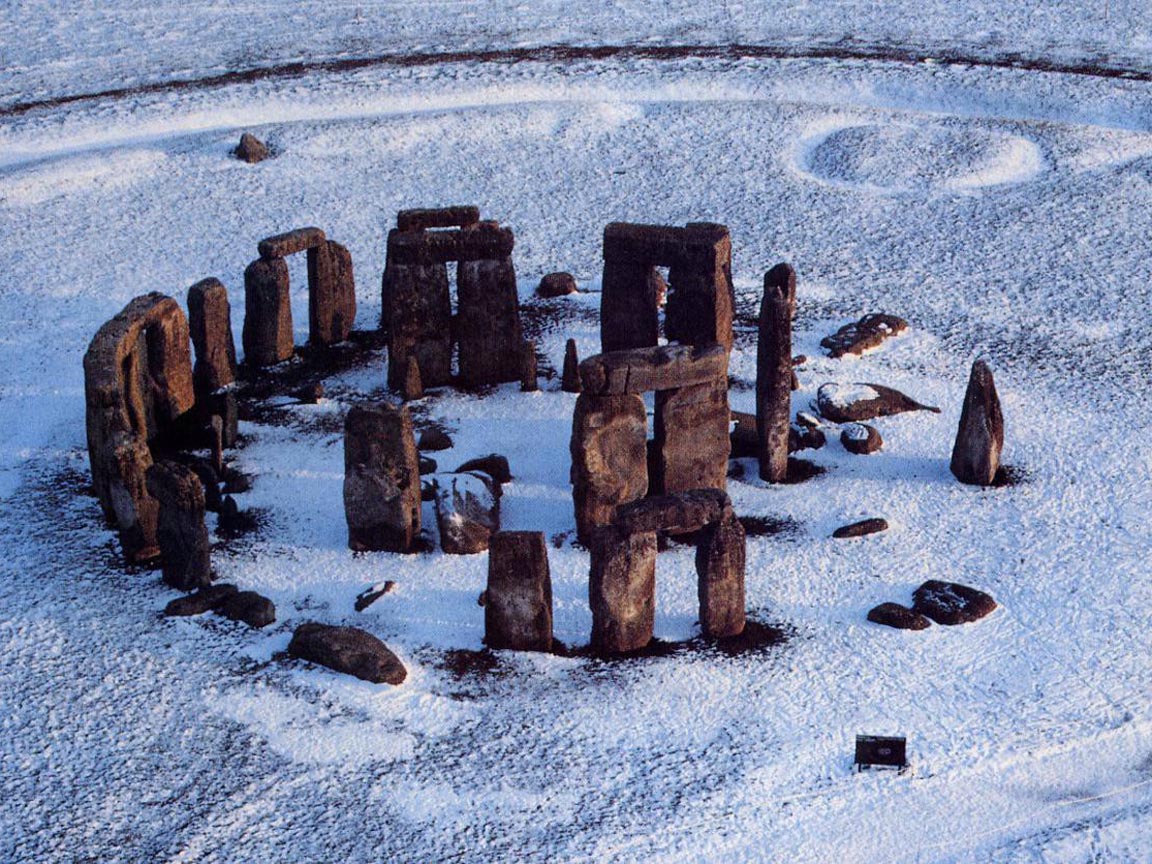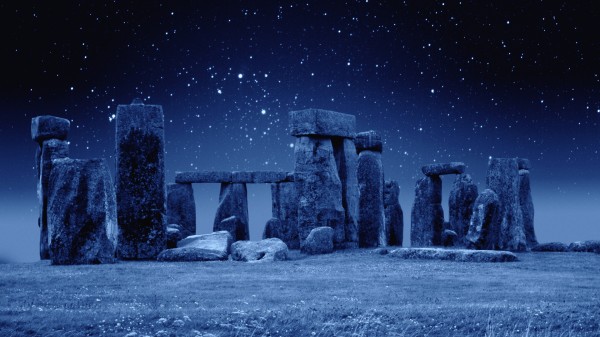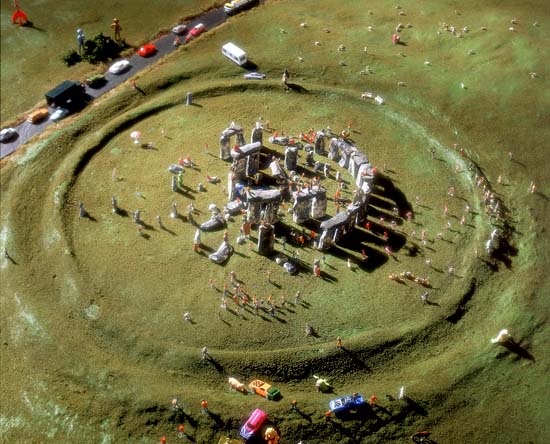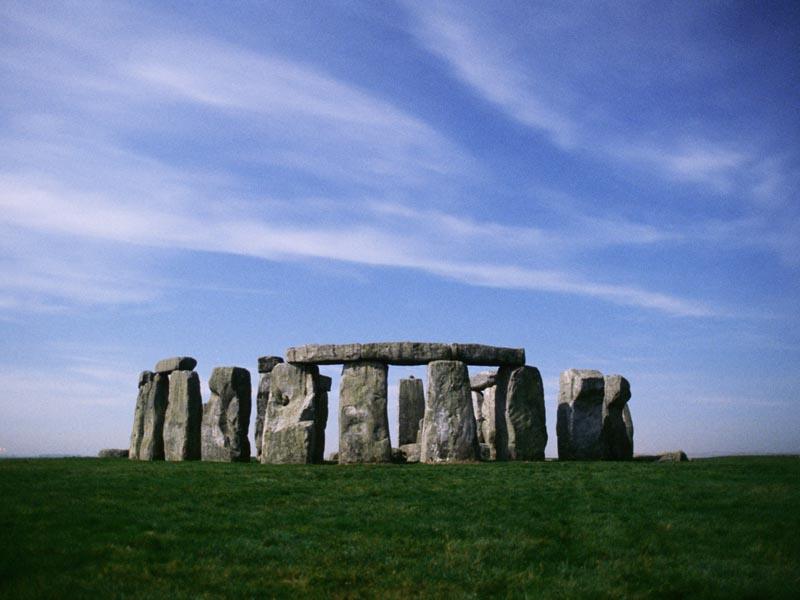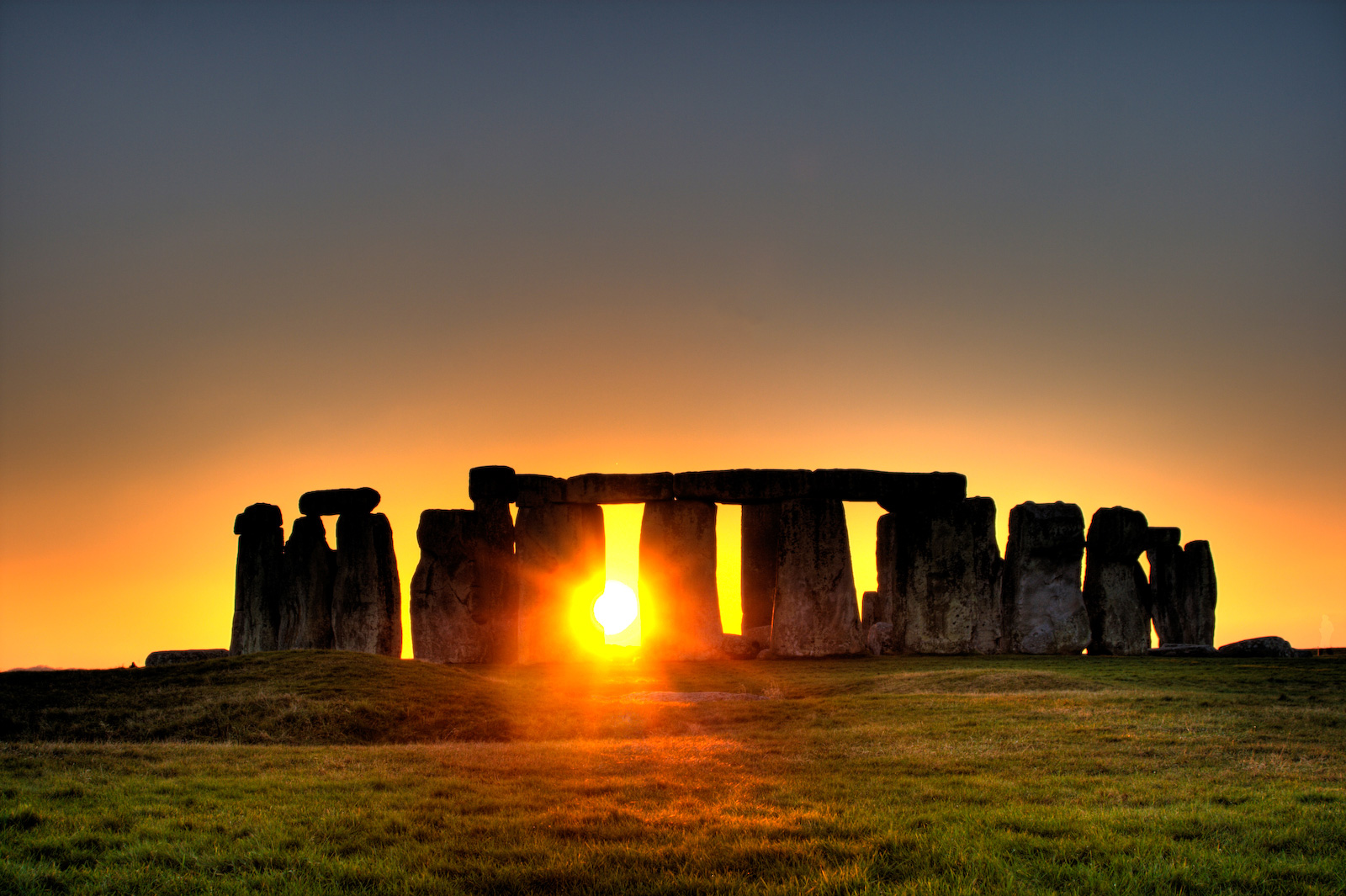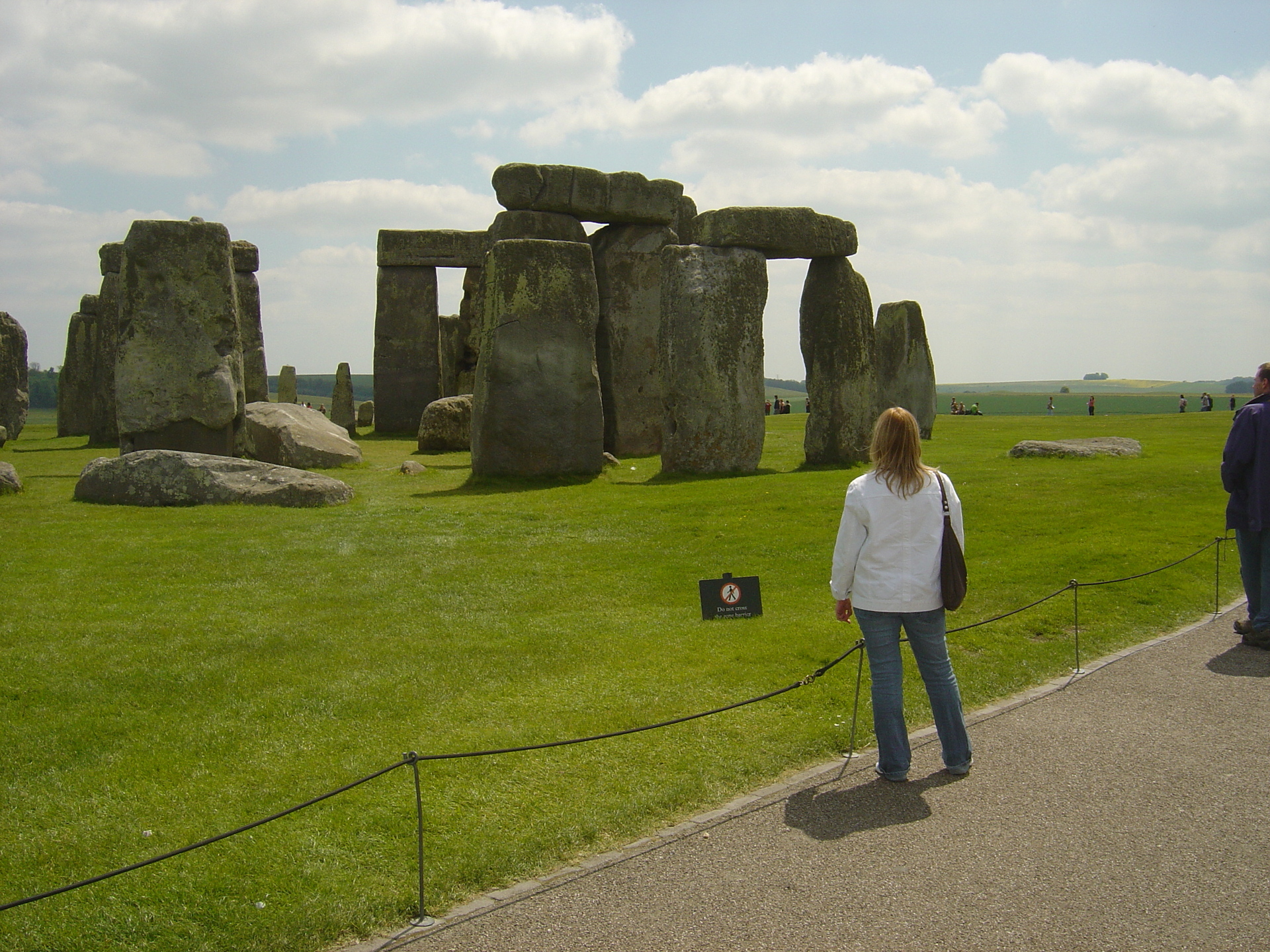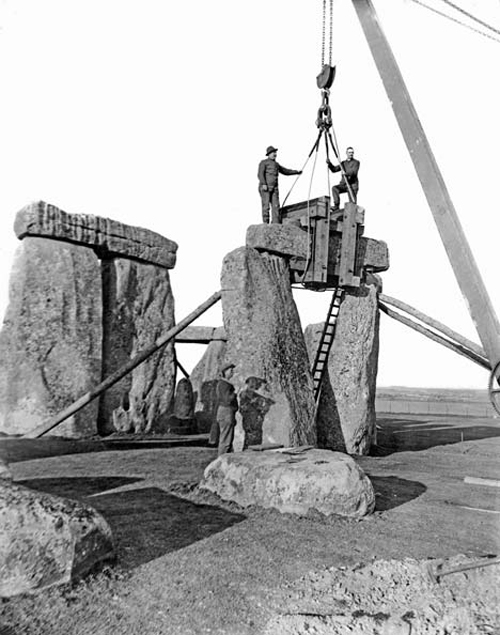Stonehenge is one of the most mysterious prehistoric monuments in World. It is considered as the Seven Wonders of World. This monument along with Avebury Henge were declared as World Heritage Sites in 1986.
Here is few facts about Stonehenge.
-
1> Why it was named as Stonehenge?
“Stonehenge” name came from “stan” , an old English word meaning “stone”, and “hencg” meaning “hinge” (big stone lintels hinge on the upright stone).
Though “henge” are now classified by archaeologist only for those earthworks which have “circular banked enclosure with an internal ditch” and in true sense this monuments don’t fulfil it but still it is named as Stonehenge.
-
2>Where is Stonehenge located?
Stonehenge is a ring of standing stone at 135 kilometres south west of London in a countryside of Wiltshire, 3km west from Amesbury.
-
2>When it was built ?
This ring of stone monument was built in between 2500 BC to 2000 BC but nearby circle of earth bank and ditch may be dug around 3100 BC.
In 3 phases , this sacred monuments was made which were
3000 BC middle neolithic, 2500 BC late neolithic and 2000 BC early bronze age. At first a circular ditch and bank was built . Timber posts may be placed inside the 56 circular pits which lined inner edged of bank.
In second phase which was late neolithic or 2500 BC , multiple timbers posts were placed near north-east entrance and in centre towards southern parts.
After that few decades later a pair of 4 tons bluestones were erected. Stones were brought from Wales.
Sarsen circle – 16 foot high and 30 worked stones topped by lintels and within it 5 free standing trilithons (each trilithons made by 3 huge stones which weighs more 40 tons) joined by a lintels.
In centre single tall stone named as Heel Stone, was placed.
In last phase and around 2000 BC double ring of pits were dug.
-
3> Why it was built ?
In neolithic age it was a cemetery and very sacred place.
Archaeologist Newman, Thom and Hawkins believe that it was used as an astronomical observatory. During midsummer sun rays fell directly over Heel stone.
Recently president of Antiquaries of London, Professor Geoffrey Wainwright and Professor Timothy Darvil have told that Stonehenge was used by ancient people as place of healing because there are so many burial and those dead bodies had severe trauma or deformity. However professor Mike Parker (Sheffield university) believes that this prehistoric monument was a ritual landscape.
Some other theories suggest that Stonehenge was erected to unify all people in British Islands.
-
4>Best time to visit Stonehenge?
Any time you may visit this monument but during June and July , it gets very busy. In winter temperature goes down too much but you may get some good photos. From end of March to September may be the best time to visit.
It’s schedule opening time for 2013–
Opening times in Spring season (1 April to 31 May) – 09.30 – 18.00.
And during Summer (1 Jun to 31 Aug)-09.00 – 19.00, Autumn(1 Sept to 15 Oct)-09.30 – 18.00.
Winter(16 Oct to 15 Mar)-09.30 – 16.00
and during 16th Mar to 31Mar-it opens 09.30 to 18.00 and in Boxing Day and New Year’s Day time changes to 10.00 – 16.00
-
5>Ticket Price
For Adult- £7.80 and for Child(5 – 15) – It is £4.70 and for under 5yrs aged child it is free.
Concession Price for Student and Senior Citizen is -£7
Family Ticket(2 adults + up to 3 children)-£20.30
English Heritage and National Trust Members:- Free
-
6> How to reach Stonehenge?
Road or Train or Bus services are available at cheap price.
Train-nearest rail station is Salisbury which is about 15km away from Stonehenge. You can take cab or local buses from there. From London train departs for Salisbury from Waterloo station every 1 hours and the journey can take 2hours.
Bus– Buses are avilable from Heathrow Airport and Victoria Coach Station. Bus Journey takes almost 2 and half hour and you have to get off at Amesbury and either you can walk for 3 km or may get a cab.
Photos Of Stonehenge

